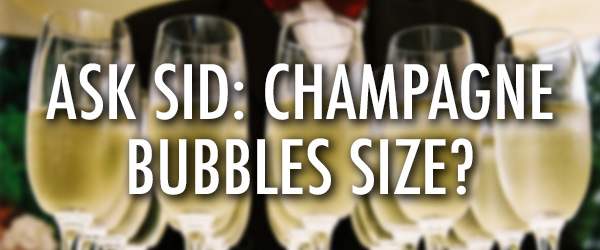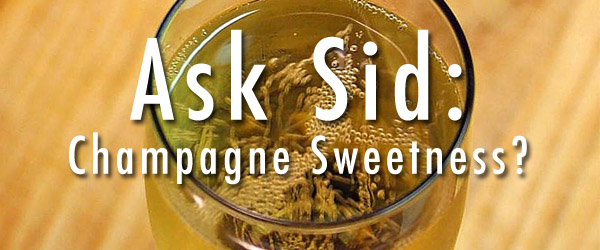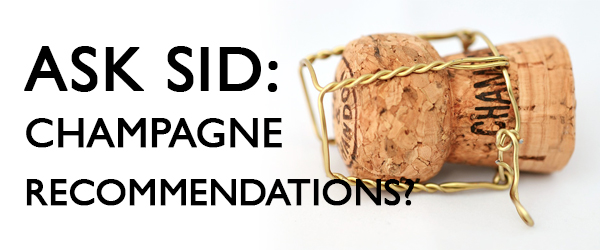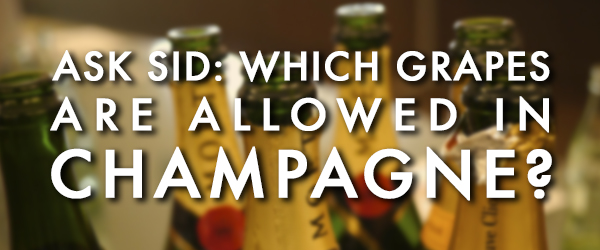 |
 |

Question: Can you tell me what the characteristic of the size of Champagne bubbles is called?
Answer: Not sure I fully comprehend your question. There is physics on the release of pressure allowing dissolved carbon dioxide to release bubbles. Also “Ostwald Ripening” developed by a German chemist Wilhelm Ostwald relates larger crystals or bubbles to dominate smaller ones in sparkling wine or even in boiling water. Without being so technical it is fun just to study the size of bubbles on pouring a sparkler. Many of us still look for that small steady stream of tiny bubbles for an indication of top quality. Helps to use a consistent pouring procedure to get reliable results. Your scribe pours some into the first glass to swirl around then transfers that one by one into all the other glasses to be used. Keep the last glass for yourself and check that the wine is sound before refilling all the glasses. This “seasons” the glasses and allows you to pour into a wet glass with more consistent pure bubble results IMHO. Try it. Bubbles prominent with an estimate of 49 million per Champagne bottle with apparently a wide range in size from .4 mm to 4 mm – big variation. Characteristic of these bubbles, bead, or pearl (perle in French) on being poured is having them form a “raft” on the top surface. Some sparklers are meant to have fewer bubbles like cremant and petillant style.
You might also like:
 |
 |
 |
In general, the finer the bubbles, the better the drink. Sparkler bubbles are coarse, champagne very fine.